ATO Sputtering Target Description
The Antimony-Doped Tin Oxide Sputtering Target (ATO Sputtering Target) from TFM is an oxide sputtering material composed of antimony (Sb), tin (Sn), and oxygen (O).
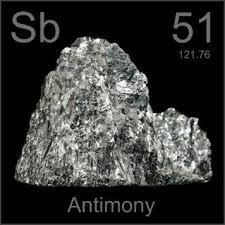 Antimony is a lustrous gray metalloid, primarily found in nature as the sulfide mineral stibnite (Sb2S3). Antimony compounds have been used since ancient times, often powdered for medicinal and cosmetic purposes, commonly known by the Arabic name, kohl. Although metallic antimony was known, it was initially mistaken for lead. The earliest known Western description of antimony was documented in 1540 by Vannoccio Biringuccio. Industrially, antimony is refined through roasting and reduction with carbon or by direct reduction of stibnite using iron.
Antimony is a lustrous gray metalloid, primarily found in nature as the sulfide mineral stibnite (Sb2S3). Antimony compounds have been used since ancient times, often powdered for medicinal and cosmetic purposes, commonly known by the Arabic name, kohl. Although metallic antimony was known, it was initially mistaken for lead. The earliest known Western description of antimony was documented in 1540 by Vannoccio Biringuccio. Industrially, antimony is refined through roasting and reduction with carbon or by direct reduction of stibnite using iron.
Related Product: Antimony (Sb) Sputtering Target
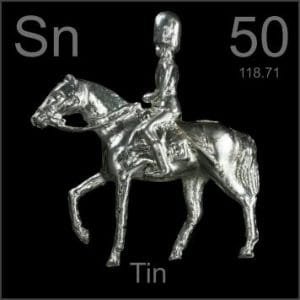 Tin, also known as stannum, is a chemical element whose name originates from the Anglo-Saxon word “tin” and the Latin word “stannum,” meaning hard. It has been in use since around 3500 BC. Tin is represented by the chemical symbol “Sn” and has an atomic number of 50. It is located in Period 5, Group 14 of the periodic table, within the p-block. The relative atomic mass of tin is 118.710(7) Dalton, with the number in brackets indicating the uncertainty.
Tin, also known as stannum, is a chemical element whose name originates from the Anglo-Saxon word “tin” and the Latin word “stannum,” meaning hard. It has been in use since around 3500 BC. Tin is represented by the chemical symbol “Sn” and has an atomic number of 50. It is located in Period 5, Group 14 of the periodic table, within the p-block. The relative atomic mass of tin is 118.710(7) Dalton, with the number in brackets indicating the uncertainty.
Related Product: Tin (Sn) Sputtering Target
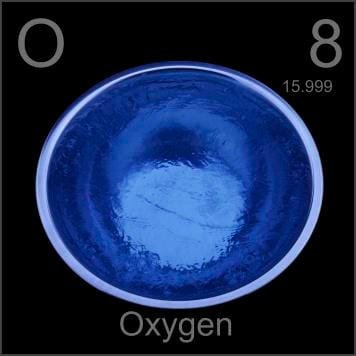
Oxygen is a chemical element whose name comes from the Greek words ‘oxy’ and ‘genes,’ meaning acid-forming. It was first mentioned and observed by W. Scheele in 1771, who also accomplished and announced its isolation. The chemical symbol for oxygen is “O,” and its atomic number is 8. Oxygen is located in Period 2, Group 16 of the periodic table, within the p-block. The relative atomic mass of oxygen is 15.9994(3) Dalton, with the number in parentheses indicating the uncertainty.
ATO Sputtering Target Application
The Antimony-Doped Tin Oxide (ATO) Sputtering Target is utilized for thin film deposition and a variety of other applications. These include decorative coatings, semiconductor devices, displays, LEDs, and photovoltaic devices. It is also used for functional coatings, optical information storage, glass coatings for automotive and architectural glass, and optical communication systems, among other industries.
ATO Sputtering Target Packing
Our Antimony-Doped Tin Oxide (ATO) Sputtering Targets are meticulously tagged and labeled externally to ensure efficient identification and maintain strict quality control. We take extensive precautions to prevent any damage during storage and transportation, ensuring the highest standards of product integrity upon delivery.


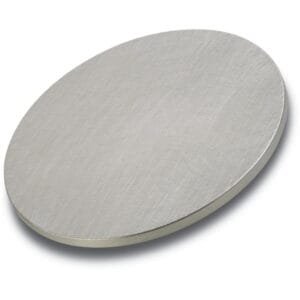
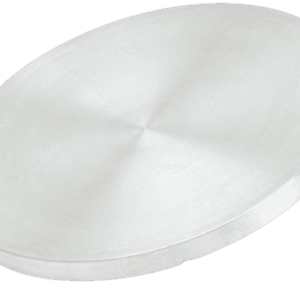
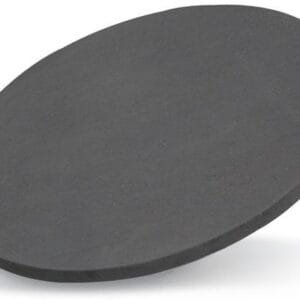
Reviews
There are no reviews yet.